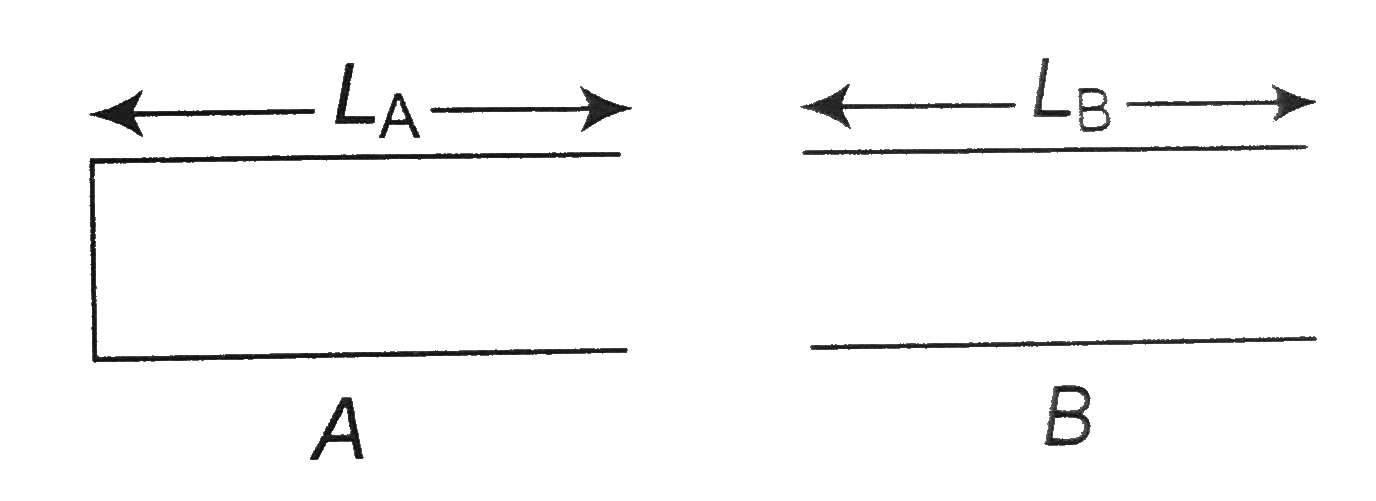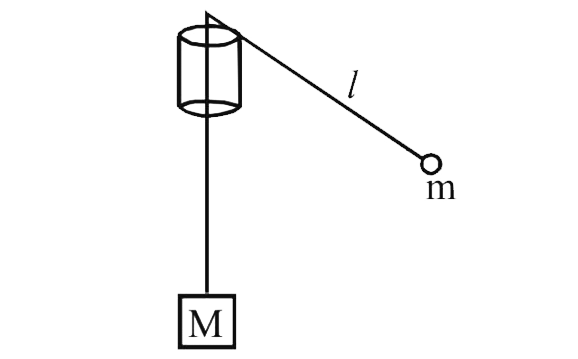Weak back-ground noise from a classroom set up the fundamental stationary wave in a card-board tube of length 80 cm with two open end. What frequency do you hear from the tube
(a) Ifyou jam your ear against one end ?
The correct Answer is:A
Topper's Solved these Questions
- WAVES Book:PHYSICS GALAXY - ASHISH ARORAChapter:WAVES Exercise:Advance MCQs with One or More Options Correct
Explore 30 Videos
- WAVE OPTICSBook:PHYSICS GALAXY - ASHISH ARORAChapter:WAVE OPTICSExercise:Unsolved Numerical Problems
Explore 28 Videos
- X-RAYSBook:PHYSICS GALAXY - ASHISH ARORAChapter:X-RAYSExercise:Unsolved Numerica Problem for Preparation
Explore 23 Videos
Similar Questions
Weak back-ground noise from a classroom set up the fundamental stationary wave in a card-board tube of length 80 cm with two open end. What frequency do you hear from the tube
(b) If your move your ear away enough so that the tube has two open ends. Take v = 320 m/s.
View SolutionWeak background noises from a room set up the fundamental standing wave in a cardboard tube of length L = 67.0 cm with two open ends. Assume that the speed of sound in the air within the tube is 343 m/s. (a) What frequency do you hear from the tube? (b) If you jam your ear against one end of the tube, what fundamental frequency do you hear from the tube?
View Solution
Knowledge Check
An open pipe of length 120 cm vibrates in its fundamental mode. At what distance from one end of the pipe, the pressure variation is maximum ?
AAt 30 cmBAt 60 cmCAt 90 cmDAt 120 cmIn a closed end pipe of length 105cm , standing waves are set up corresponding to the third overtone . What distance from the closed end, amongst the following is a pressure node?
A20cmB60cmC85cmD45cm
The frequency of the fundamental note of a tube closed at one end is 200 Hz. What will be the frequency of the fundamental note of a similar tube of the same length but open at both ends ?
View Solution
The two pipes are submerged in sea water, arranged as shown in figure. Pipe A with length LA=1.5m and one open end, contains a small sound source that sets up the standing wave with the second lowest resonant frequency of that pipe. Sound from pipe A sets up resonance in pipe B, which has both ends open. The resonance is at the second lowest resonant frequency of pipe B. The length of the pipe B is
View SolutionA large mass M and a small mass m hang at the two ends of string passing through a smooth tube. The mass m moves around in a circular path in a horizontal plane. The length of the string from the mass m to the top of the tube of the tube is l and θ is the angle this length makes with the vertical. What should be the frequency of rotation of the mass m so that M remains stationary ?
View SolutionA large mass M and a small mass m hang at two ends of a string that passes over a smooth tube as shown in the figure. The mass m moves around a circular path which lies in a horizontal plane. The length of string from the mass m to the top of the tube is l and θ is the 'angle' this length makes with the vertical. What should be the frequency of rotation of mass m, so that the mass M remains stationary?

View SolutionAn air column in a glass tube , is open at one end and closed at the other by a movable piston . The air in the tube is warmed above room temperature , and a 384Hz tuning fork is held at the open end. Resonance is heard when the piston is 22.8cm from the open end and again when it is 68.3cm from the open end . (a) What speed of sodium is implied by these data ? (b) How far from the open end will the piston be when the next resonance is heard ?
View SolutionAn air column in a glass tube , is open at one end and closed at the other by a movable piston . The air in the tube is warmed above room temperature , and a 384Hz tuning fork is held at the open end. Resonance is heard when the piston is 22.8cm from the open end and again when it is 68.3cm from the open end . (a) What speed of sodium is impliedby these data ? (b) How far from the open end will the piston be when the next resonance is heard ?
View Solution
